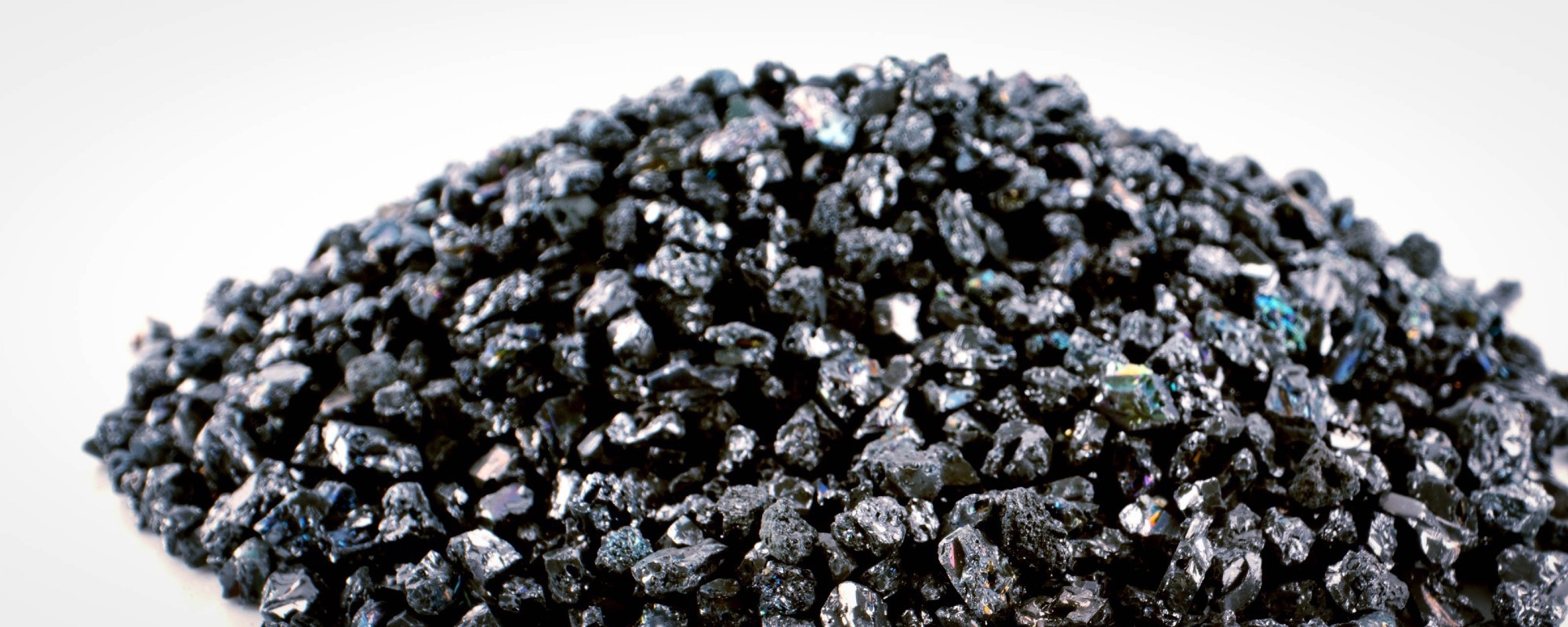
Image Credit: luchschenF/Shutterstock.com
Silicon carbide, a third-generation wide-bandgap semiconductor, stands out for its wide bandgap, high carrier saturation drift velocity, and excellent chemical stability. These characteristics make it particularly well-suited for high-temperature pressure sensing. With the global pressure sensor market continuing to expand, SiC-based sensors are gaining momentum for their durability and reliability in harsh environments.
The review begins with an overview of SiC single-crystal growth and epitaxy. High-quality single-crystal substrates are essential for sensor performance, though producing them remains costly and technically demanding. Current growth methods like physical vapor transport (PVT) and liquid phase epitaxy (LPE) each come with their own benefits and trade-offs. Epitaxial layer quality is also a key factor, requiring precise control over parameters such as doping levels and thickness.
The paper also explores the core technologies behind SiC pressure sensors. Central to this is the piezoresistive effect, which forms the basis for many sensor designs. The gauge factor (GF) of SiC, a measure of sensitivity, varies with doping concentration and temperature; typically, higher doping leads to a lower GF. Establishing reliable ohmic contacts is another important area, with different metals used depending on whether the SiC is n-type or p-type. The paper notes ongoing research into optimizing these contact mechanisms.
Etching technology is another critical challenge. SiC’s high bonding energy and chemical resistance make it difficult to etch. Both wet and dry etching techniques are used, each with specific strengths. Wet etching is often employed for defect analysis and microstructure fabrication, while dry etching methods like reactive-ion etching (RIE) and inductively coupled plasma (ICP) provide precise control and high-quality results.
Sensor packaging also plays a vital role, particularly for high-temperature environments. Traditional leaded packaging is well-established but can struggle under extreme heat. In contrast, leadless options like flip-chip packaging show promise for miniaturization and better thermal performance.
While SiC pressure sensors show strong potential across various industries, there are still hurdles to overcome in areas like design, etching processes, and packaging methods. The review highlights the need for continued research focused on enhancing sensor performance, improving thermal stability, and advancing system integration. Progress in these areas will help ensure SiC-based sensors are better equipped to serve demanding applications.
The study was authored by Xudong Fang, Chen Wu, Bian Tian, Libo Zhao, Xueyong Wei, and Zhuangde Jiang.
Journal Reference:
Fang, X. et al. (2025) Pressure Sensors Based on the Third-generation Semiconductor Silicon Carbide: A Comprehensive Review. Engineering. doi.org/10.1016/j.eng.2024.12.036